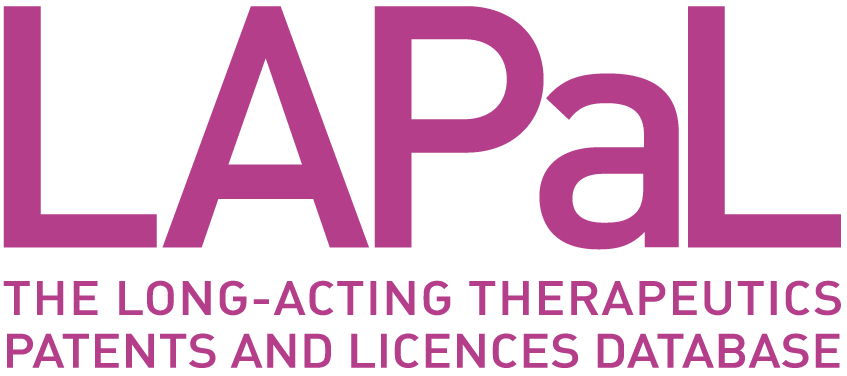
|
Developed by 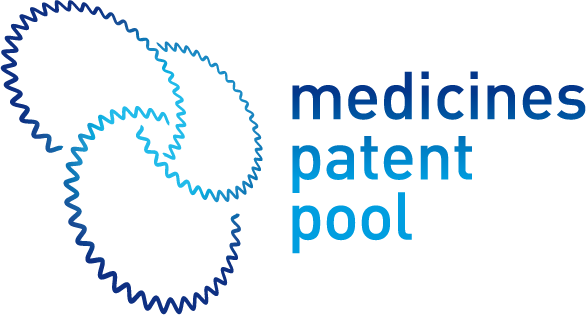

|
Supported by 

|

Diffusphere Intraarticular Injectable Technology
Developer(s)

|
Euphraxia Originator
https://eupraxiapharma.com/
Canada Eupraxia Pharmaceuticals, founded in 2012, is a Canadian clinical-stage biotechnology company. It focuses on developing innovative, long-lasting treatments for chronic pain and other indications. Its research facility is located in Victoria, British Columbia, Canada, where it advances its pipeline with a proprietary drug delivery platform targeting sustained therapeutic effects in the orthopaedics |
Sponsor(s)
|
No sponsor indicated |
Partnerships
|
No partner indicated |
Technology information
Type of technology
Polymer-based particles
Administration route
Intra-articular, Intra-vitreal
Development state and regulatory approval
fluticasone
Phase II
FDA 505(b)(2) approval pathway
Description
Diffusphere is a polymer-based, long-acting injectable designed primarily for intra-articular administration. It consists of a polymeric shell encapsulating a crystalline drug core. The shell is immiscible with the API, protecting the drug core from the body's fluidic environment. Diffusphere can encapsulate more than one API when the core microparticles are heated between 210°C and 230°C. It offers a controlled release profile, delivering the drug over a period of 2 to 12 months while maintaining therapeutic concentrations at the target site.
Technology highlight
1) No/ Low Initial burst release 2) Zero order/ pseudo-zero order kinetics (concentration gradient is maintained with a constant release of drug) 3) Biodegradable thermally cured polyvinyl alcohol (PVA) is used 4) Low systemic toxicity
Technology main components
1. Cross-linked polymeric shell (thickness in microns), such as poly(vinyl alcohol) (PVA), poly(p-xylylene), poly(lactic acid) (PLA), poly(lactic-co-glycolic acid) (PLGA), poly(ε-caprolactone) (PVL), poly(p-dioxanone) (PDS), poly(hydroxyvalerate) (PHV), poly(hydroxybutyrate) (PHB), and poly(malic acid) (PMLA), incorporating cross-linking groups like vinyl, allyl, acrylate, cinnamate, diacrylate, or oligoacrylate. The polymeric shell (2-10% w/w of polymeric shell) typically has a thickness measured in microns. 2. Crystalline API core, composed of a pharmaceutically acceptable salt or ester, which may exist either as a single large crystal or as multiple smaller crystals.
Information on the raw materials sourcing, availability and anticipated price
Not provided
Delivery device(s)
No delivery device
APIs compatibility profile
API desired features
Water-soluble molecules
Water-insoluble molecules
Small molecules
Diffusphere focuses on developing corticosteroids, including different salt forms of fluticasone, and aminoamide anesthetics like ropivacaine, articaine, and bupivacaine, among others. They also work with aminoester local anesthetics, such as procaine and benzocaine. Recently, Diffusphere has expanded its applications to disease-specific therapeutics, including oncology.
Additional solubility data
Not provided
Additional stability data
Not provided
API loading: Maximum drug quantity to be loaded
< 70 wt%
API co-administration
2 different APIs : API core to be heated at 210-250 °C
LogP
Max: 5
Fluticasone LogP = 3.2
Scale-up and manufacturing prospects
Scale-up prospects
With a patent for manufacturing filed in 2019, the production facility is projected to achieve commercial-scale operations optimized for low cost of goods. Euphraxia has allocated a budget of 2.8 million Canadian dollars for the development of this manufacturing unit.
Tentative equipment list for manufacturing
Not provided
Manufacturing
Manufacturing (ISO 14644-1; Grade 8 cleanroom) involves: 1) Forming API microparticles (using any 1 method) a. Solvent Evaporation/ extraction techniques b. In-water drying technique c. Organic phase separation technique d. Air suspension technique e. Dip coating technique 2) Coating of the API core with the polymeric shell using the dip coating technique with Multifunctional multi-polymeric continuous composition spectrum surfactant 3) Microparticles are agitated with PVA polymer via stirring. 4) Vacuum filtration 5) Heated at 220 ºC for a period of at least 1 hour
Specific analytical instrument required for characterization of formulation
1) The dissolution Test is performed using a US Pharmacopoeia Type II apparatus where the condition is standardized at 3mg of microparticles in 200 ml of dissolution medium (70% methanol + 30% water) at 25 °C. The dissolution rate of the microparticles is observed at 160° C, 190° C, 220° C, and 250° C. 2) PVA content analysis using NMR spectroscopy 3) Drug content analysis using NMR system - Bruker Spectrospin 300 MHz magnet , Bruker B - ACS 120 autosampler , Bruker Avance II 300 console , and a Bruker BBO 300 MHz Si 5 mm with Z gradient probe. 4) Praticle transfer efficiency measured by HPLC
Clinical trials
STEPUP
Identifier
NCT02609126
Link
https://clinicaltrials.gov/study/NCT02609126
Phase
Phase I
Status
Completed
Sponsor
Eupraxia Pharmaceuticals Inc.
More details
The main purpose of this study is to understand the pharmacokinetics of EP-104IAR and to determine whether it is safe to use in patients with osteoarthritis (OA) of the knee. The study will also provide some preliminary insights into whether the experimental treatment reduces pain in the knee. Osteoarthritis is the most common joint disease, affecting over 20 million people in the US alone. Currently, pain treatments that are injected directly into the knee often work for only a short time and may also have side effects within the rest of the body. The experimental treatment is a steroid that is in the same family of drugs as the most common current injectable treatments for knee osteoarthritis. For this study, the drug is coated with a polymer intended to prolong the time it stays inside
Purpose
Safety Study of a Long-Acting Injectable Steroid to Treat Knee Osteoarthritis
Interventions
Intervention 1
Intervention 2
Countries
Sites / Institutions
Not provided
Trials dates
Anticipated Start Date
Not provided
Actual Start Date
2016-04-01
Anticipated Date of Last Follow-up
2021-08-30
Estimated Primary Completion Date
Not provided
Estimated Completion Date
Not provided
Actual Primary Completion Date
2017-12-28
Actual Completion Date
2017-12-28
Studied populations
Age Cohort
- Adults
- Older Adults
Genders
- All
Accepts pregnant individuals
Unspecified
Accepts lactating individuals
Unspecified
Accepts healthy individuals
No
Comments about the studied populations
Inclusion Criteria: * OA of Index Knee * Kellgren Lawrence Grade 2 or 3 * Patient-reported pain (PtPain) of Index Knee ≥4 but ≤9 * PtPain of non-Index Knee \<6 * BMI ≦ 40 kg/m2 Exclusion Criteria: * Intra-articular joint injection in the Index Knee within the past 8 weeks for glucocorticoids and 6 months for hyaluronic acid * Insulin-dependent diabetes * Active infection * Pregnant or breast feeding
Health status
Not provided
Study type
Interventional (clinical trial)
Enrollment
32
Allocation
Randomized
Intervention model
Parallel Assignment
Intervention model description
Not provided
Masking
Double-blind masking
Masking description
Not provided
Frequency of administration
Studied LA-formulation(s)
Studied route(s) of administration
Use case
Treatment
Key resources
SPRINGBOARD
Identifier
NCT04120402
Link
https://clinicaltrials.gov/study/NCT04120402
Phase
Phase II
Status
Completed
Sponsor
Eupraxia Pharmaceuticals Inc.
More details
The purpose of this study is to evaluate the safety, efficacy and pharmacokinetics (PK) of EP-104IAR in patients with osteoarthritis (OA) of the knee
Purpose
Study to Evaluate the Efficacy and Safety of EP-104IAR in Patients With Osteoarthritis of the Knee
Interventions
Intervention 1
Intervention 2
Countries
Sites / Institutions
Not provided
Trials dates
Anticipated Start Date
Not provided
Actual Start Date
2021-09-10
Anticipated Date of Last Follow-up
2024-05-29
Estimated Primary Completion Date
Not provided
Estimated Completion Date
Not provided
Actual Primary Completion Date
2023-05-17
Actual Completion Date
2023-06-01
Studied populations
Age Cohort
- Adults
- Older Adults
Genders
- All
Accepts pregnant individuals
Unspecified
Accepts lactating individuals
Unspecified
Accepts healthy individuals
No
Comments about the studied populations
Key Inclusion Criteria: * Males or females, aged ≥40 years * Body Mass Index (BMI) ≤ 40.0 kg/m2 * Diagnosis of primary OA of the Index knee, with symptoms present for at least 6 months * OA severity Grade 2 or 3 (based on Kellgren Lawrence Grading Scale) * Unsatisfactory pain relief from at least 2 prior standard OA treatments * Qualifying pain in the Index knee during the baseline period * Ambulatory (without the need for a cane/other walking aide) * Female subjects willing to use highly effective birth control methods to prevent pregnancy * Willing and able to comply with study procedures and restrictions, including abstaining from use of restricted medications. Key Exclusion Criteria: * OA of the Index knee due to acute injury or trauma, or unstable joint
Health status
Not provided
Study type
Interventional (clinical trial)
Enrollment
318
Allocation
Randomized
Intervention model
Parallel Assignment
Intervention model description
Not provided
Masking
Quadruple-blind masking
Masking description
Not provided
Frequency of administration
Studied LA-formulation(s)
Studied route(s) of administration
Use case
Treatment
Key resources
RESOLVE
Identifier
NCT05608681
Link
https://clinicaltrials.gov/study/NCT05608681
Phase
Phase I/II
Status
Recruiting
Sponsor
Eupraxia Pharmaceuticals Inc.
More details
An open-label, dose-escalation study to explore the safety, tolerability and pharmacokinetics of EP-104IAR in adults with eosinophilic esophagitis (EoE). Endoscopic and histologic assessments will also be evaluated to understand the local effects of EP-104IAR on eosinophilic EoE disease activity. Approximately 27 to 33 participants will be enrolled in dose escalation: 3-6 participants per dose cohort in approximately 9 cohorts. The number of participants enrolled in escalation will depend on the number of dose escalation cohorts evaluated, and dose cohorts needing to be expanded. An additional 10-24 participants will be enrolled in 1 or 2 cohorts of 10-12 participants each at tolerable dose regimen(s) selected based on the accumulated clinical data to identify the recommended phase 2 dos
Purpose
A Trial to Evaluate EP-104IAR in Adults With Eosinophilic Esophagitis (EoE).
Interventions
Intervention 1
Countries
Sites / Institutions
Not provided
Trials dates
Anticipated Start Date
Not provided
Actual Start Date
2023-03-31
Anticipated Date of Last Follow-up
2024-07-26
Estimated Primary Completion Date
2025-12-01
Estimated Completion Date
2025-12-01
Actual Primary Completion Date
Not provided
Actual Completion Date
Not provided
Studied populations
Age Cohort
- Adults
- Older Adults
Genders
- All
Accepts pregnant individuals
Unspecified
Accepts lactating individuals
Unspecified
Accepts healthy individuals
No
Comments about the studied populations
Inclusion Criteria: * Symptomatic EoE; * For women of childbearing potential, a negative pregnancy test and willing to use a highly effective method of birth control until end of study; * Willing and able to adhere to study-related procedures and visit schedule; * Willing and able to provide informed consent. Exclusion Criteria: * Concomitant esophageal disease, relevant GI disease, or any condition, history, or laboratory abnormality that might interfere with the study; * Oral or esophageal mucosal infection of any type (bacterial, viral, or fungal); * Oropharyngeal or dental conditions that prevents normal eating; * Severe esophageal motility disorders other than EoE; * Contraindication to or factors that substantially increase risks associated with EGD or biopsy, or narrowing of the
Health status
Not provided
Study type
Interventional (clinical trial)
Enrollment
57
Allocation
Not provided
Intervention model
Single group assignment
Intervention model description
Not provided
Masking
Open label
Masking description
Not provided
Frequency of administration
Studied LA-formulation(s)
Studied route(s) of administration
Use case
Treatment
Key resources
Excipients
Proprietary excipients used
No proprietary excipient used
Novel excipients or existing excipients at a concentration above Inactive Ingredients Database (IID) for the specified route of administration
No novel excipient or existing excipient used
Residual solvents used
No residual solvent used
Additional features
Other features of the technology
- Biodegradable
- Drug-eluting
- Monolithic
- Room temperature storage
- At least 1 year shelf life
Release properties
The drug is released at a constant rate following zero-order kinetics from the polymeric shell. Diffusphere has favorable PK parameters mainly because of the low/no initial burst. Clinical studies of EP104 showed that the plasma concentrations of fluticasone propionate (EP104) had a blunted initial peak with a terminal half-life of approximately 18–20 weeks.
Injectability
Diffusphere is an Intra-articular via ultrasound-guided injectable formulation that requires a 22-25 gauge needle with a length of 1-1.5 inches.
Safety
Based on the pharmacokinetic clinical trials of EP104, 57% of the treatment population had one or more Treatment Emerging Adverse Events (TEAE), However, the effects on serum glucose and cortisol concentrations were minimal.
Stability
At least 2 years of proven stability at room temperature storage.
Storage conditions and cold-chain related features
Diffusphere doesn't require cold chain storage or transport.
Potential application(s)
Therapeutic area(s)
Use case(s)
Use of technology
Ease of administration
- Administered by a community health worker
- Administered by a nurse
- Administered by a specialty health worker
Frequency of administration
Monthly, Every 6 months, Yearly
User acceptance
Not provided
Targeted user groups
Age Cohort- Adults
- Older Adults
- All
Pregnant individuals
Unspecified
Lactating individuals
Unspecified
Healthy individuals
No
Comment
Not provided
Potential associated API(s)
EP201
Class(es)
Anti Infective agent
Development stage
Pre-clinical
Clinical trial number(s)
Not provided
Foreseen/approved indication(s)
Post Surgical Infection
Foreseen user group
Not provided
Foreseen duration between application(s)
Not provided
Applications to Stringent Regulatory Authorities (SRA) / regulatory approvals
Not provided
EP-105
Class(es)
Anesthetic agent
Development stage
Pre-clinical
Clinical trial number(s)
Not provided
Foreseen/approved indication(s)
Post -Surgical pain management
Foreseen user group
Not provided
Foreseen duration between application(s)
Not provided
Applications to Stringent Regulatory Authorities (SRA) / regulatory approvals
Not provided
Not Disclosed
Class(es)
Antineoplastic agent
Development stage
Pre-clinical
Clinical trial number(s)
Not provided
Foreseen/approved indication(s)
Not provided
Foreseen user group
Not provided
Foreseen duration between application(s)
Not provided
Applications to Stringent Regulatory Authorities (SRA) / regulatory approvals
Not provided
fluticasone
Class(es)
Corticosteriods
Development stage
Phase II
Clinical trial number(s)
NCT04120402
Foreseen/approved indication(s)
Knee Osteoarthritis
Foreseen user group
Males or females, aged ≥40 years
Foreseen duration between application(s)
Single intra-articular injection - lasts up to 6 months
Applications to Stringent Regulatory Authorities (SRA) / regulatory approvals
FDA 505(b)(2) approval pathway
Patent info
Description
Injectable sustained release composition and method of using the same for treating inflammation in joints and pain associated therewith
Brief description
Described herein are injectable corticosteroid-loaded microparticles, pharmaceutical composition thereof and methods for reducing inflammation or pain in a body compartment such as a joint, an epidural space, a vitreous body of an eye, a surgically created space, or a space adjacent to an implant.
Representative patent
US9987233B2
Category
Formulation composition
Patent holder
Eupraxia Pharmaceuticals USA LLC
Exclusivity
Not provided
Expiration date
March 21, 2034
Status
Active
Supporting material
Publications
<p><span style="color: rgb(33, 33, 33);">Malone, A., Kowalski, M. M., Helliwell, J., Lynggaard Boll, S., Rovsing, H., Moriat, K., Castillo Mondragón, A., Li, Y., Prener Miller, C., Reinstrup Bihlet, A., Dobek, C., Peck, V., Wilmink, M., Simon, L. S., & Conaghan, P. G. (2024). Efficacy and safety of a diffusion-based extended-release fluticasone propionate intra-articular injection (EP-104IAR) in knee osteoarthritis (SPRINGBOARD): a 24-week, multicentre, randomised, double-blind, vehicle-controlled, phase 2 trial. </span><em style="color: rgb(33, 33, 33);">The Lancet. Rheumatology</em><span style="color: rgb(33, 33, 33);">, S2665-9913(24)00223-6. Advance online publication. </span><a href="https://doi.org/10.1016/S2665-9913(24)00223-6" rel="noopener noreferrer" target="_blank" style="color: rgb(33, 33, 33);">https://doi.org/10.1016/S2665-9913(24)00223-6</a></p>
Between Sept 10, 2021, and Nov 16, 2022, 1294 people were screened for eligibility, and 319 were randomly assigned to EP-104IAR (n=164) or vehicle control (n=155). One participant in the EP-104IAR group was excluded from all analyses because treatment was not administered due to an adverse event. 318 participants (135 [42%] male and 183 [58%] female, 315 [99%] White) received randomly assigned treatment and were included in the primary analysis and safety analysis (EP-104IAR, n=163; vehicle control, n=155). At week 12, least squares mean change in WOMAC pain score from baseline was -2·89 (95% CI -3·22 to -2·56) in the EP-104IAR group and -2·23 (-2·56 to -1·89) in the vehicle control group, with a between-group difference of -0·66 (-1·11 to -0·21; p=0·0044); a significant between-group difference persisted to week 14. 106 (65%) of 163 participants in the EP-104IAR group had one or more treatment-emergent adverse event compared with 89 (57%) of 155 participants in the vehicle control group. Effects on serum glucose and cortisol concentrations were minimal and transient. There were no treatment-emergent deaths or treatment-related serious adverse events. Plasma concentrations of fluticasone propionate showed a blunted initial peak with terminal half-life of approximately 18-20 weeks.
<p><span style="color: rgb(34, 34, 34);">Malone, A., Helliwell, J., Kowalski, M., Rovsing, H., Boll, S. L., Moriat, K., ... & Conaghan, P. G. (2024). OP0247 EFFICACY OF A NOVEL LONG-ACTING FLUTICASONE PROPIONATE INTRA ARTICULAR INJECTION (EP-104IAR) IN KNEE OSTEOARTHRITIS: PER-PROTOCOL ANALYSIS OF A RANDOMISED, DOUBLE-BLIND, PHASE 2 TRIAL OF EP-104IAR VS VEHICLE PLACEBO (SPRINGBOARD).</span></p>
Least-squares mean (LSM) change from baseline for WOMAC total score and subscales are shown in Figure 1. LSM change from baseline to Week 12 was significantly better for EP-104IAR vs vehicle for each of the WOMAC subscales: pain (-2.97 vs -2.24; p=0.003), function (-2.64 vs -1.99; p=0.005) and stiffness (-2.85 vs -2.05; p=0.001). Stiffness and function maintained p<0.05 to the Week 20 assessment and pain to Week 15. Total WOMAC score at Week 12 was significantly better for EP-104IAR vs vehicle (-2.79 vs -2.07; p=0.002) and this difference persisted with p<0.05 to the Week 20 assessment. The proportion of OMERACT-OARSI strict pain responders, defined as ≥50% decrease from baseline with absolute decrease ≥2 on the 10-point WOMAC pain scale was calculated for each week. The proportion of strict pain responders at Week 12 was 55.3% for EP-104IAR vs 39.5% for vehicle (p=0.013). This difference persisted with p<0.05 to the Week 15 assessment. The proportion of subjects with 70% reduction in pain score at Week 12 was 34.4% for EP-104IAR vs 14.6% for vehicle (p<0.001). This difference persisted with p<0.05 to the Week 21 assessment at all but one timepoint. The observed Cmax of FP in the full study population (n=163) was 90pg/mL with a terminal phase half-life of 18-20 weeks.
<p><span style="color: rgb(34, 34, 34);">Helliwell, J., Malone, A., Bredenoord, A. J., Nguyen, N., Ko, H. H., Dobek, C., ... & Dellon, E. S. (2024). 265. INITIAL RESULTS FROM RESOLVE, A PHASE 1B DOSE-ESCALATION STUDY OF EP-104GI (EXTENDED-RELEASE FLUTICASONE PROPIONATE INTRA-ESOPHAGEAL INJECTION) FOR EOSINOPHILIC ESOPHAGITIS. </span><em style="color: rgb(34, 34, 34);">Diseases of the Esophagus</em><span style="color: rgb(34, 34, 34);">, </span><em style="color: rgb(34, 34, 34);">37</em><span style="color: rgb(34, 34, 34);">(Supplement_1), doae057-044. </span><a href="https://doi.org/10.1093/dote/doae057.044" rel="noopener noreferrer" target="_blank" style="color: rgb(0, 111, 183); background-color: rgb(255, 255, 255);">https://doi.org/10.1093/dote/doae057.044</a></p>
All subjects demonstrated decreased symptom scores compared to baseline, with generally greater responses at the higher EP-104GI dose in Cohort 2 (Fig 1). Histologically, all Cohort 2 patients showed decreases in EoEHSS scores with 2/3 having ≈50% decrease in total grade score and ≈35% decrease in total stage score at Week 4, also, eosinophil counts were reduced by ≈35% at Week 4 and ≈40% at Week 12.
Findings from Cohorts 1 and 2 of the ongoing trial include mild-moderate treatment-emergent AEs, the majority occurring on the day of treatment. No AEs were related to EP-104GI.
Additional documents
Useful links
There are no additional links
Access principles
|
|
Collaborate for developmentConsider on a case by case basis, collaborating on developing long acting products with potential significant public health impact, especially for low- and middle-income countries (LMICs), utilising the referred to long-acting technology Not provided |
|
|
Share technical information for match-making assessmentProvide necessary technical information to a potential partner, under confidentiality agreement, to enable preliminary assessment of whether specific medicines of public health importance in LMICs might be compatible with the referred to long-acting technology to achieve a public health benefit Not provided |
|
|
Work with MPP to expand access in LMICsIn the event that a product using the referred to long-acting technology is successfully developed, the technology IP holder(s) will work with the Medicines Patent Pool towards putting in place the most appropriate strategy for timely and affordable access in low and middle-income countries, including through licensing Not provided |
Comment & Information
Illustrations
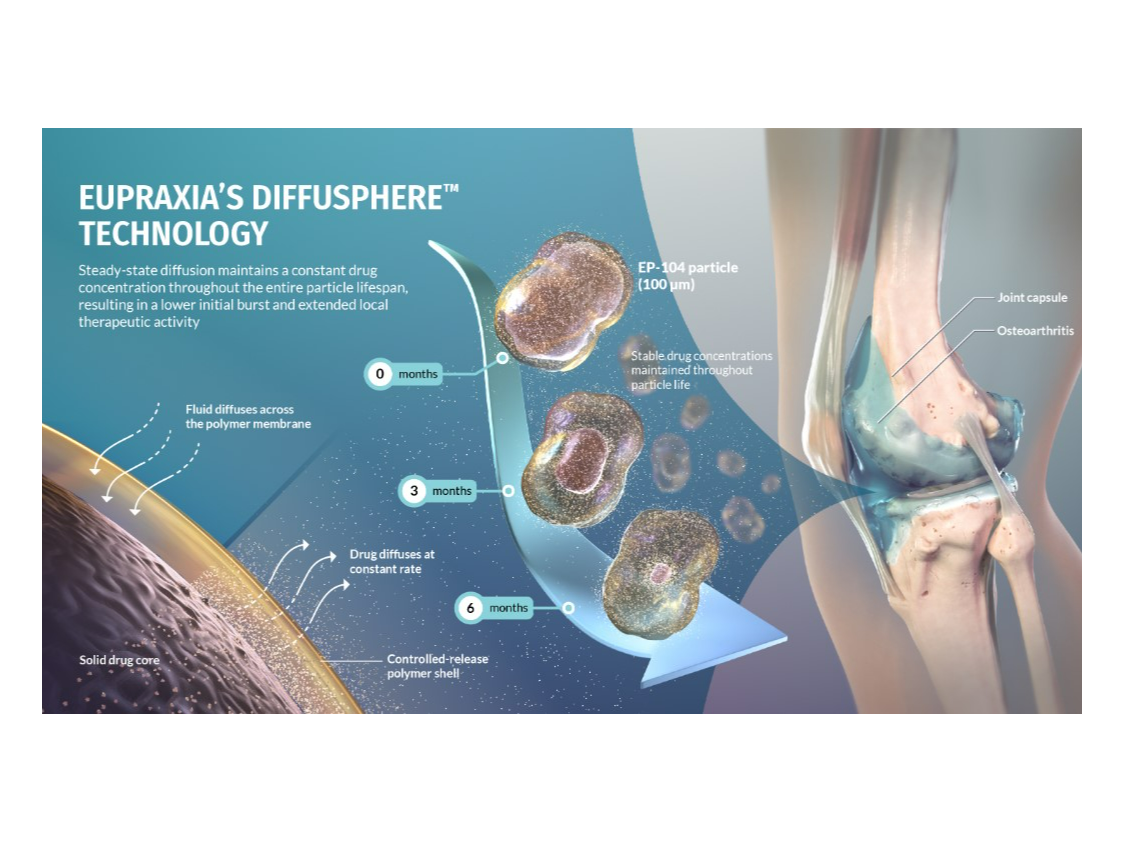
Targeted site of action at a controlled release rate after intra-articular injection of Diffusphere formulation
Eupraxia Pharmaceuticals Inc. (n.d.). EP-104IAR. Retrieved October 25, 2024, from https://eupraxiapharma.com/our-science/ep-104iar/default.aspx

Diffusphere release the API at a constant rate following Zero-order kinetics
Eupraxia Pharmaceuticals Inc. (n.d.). EP-104IAR. Retrieved October 25, 2024, from https://eupraxiapharma.com/our-science/ep-104iar/default.aspx
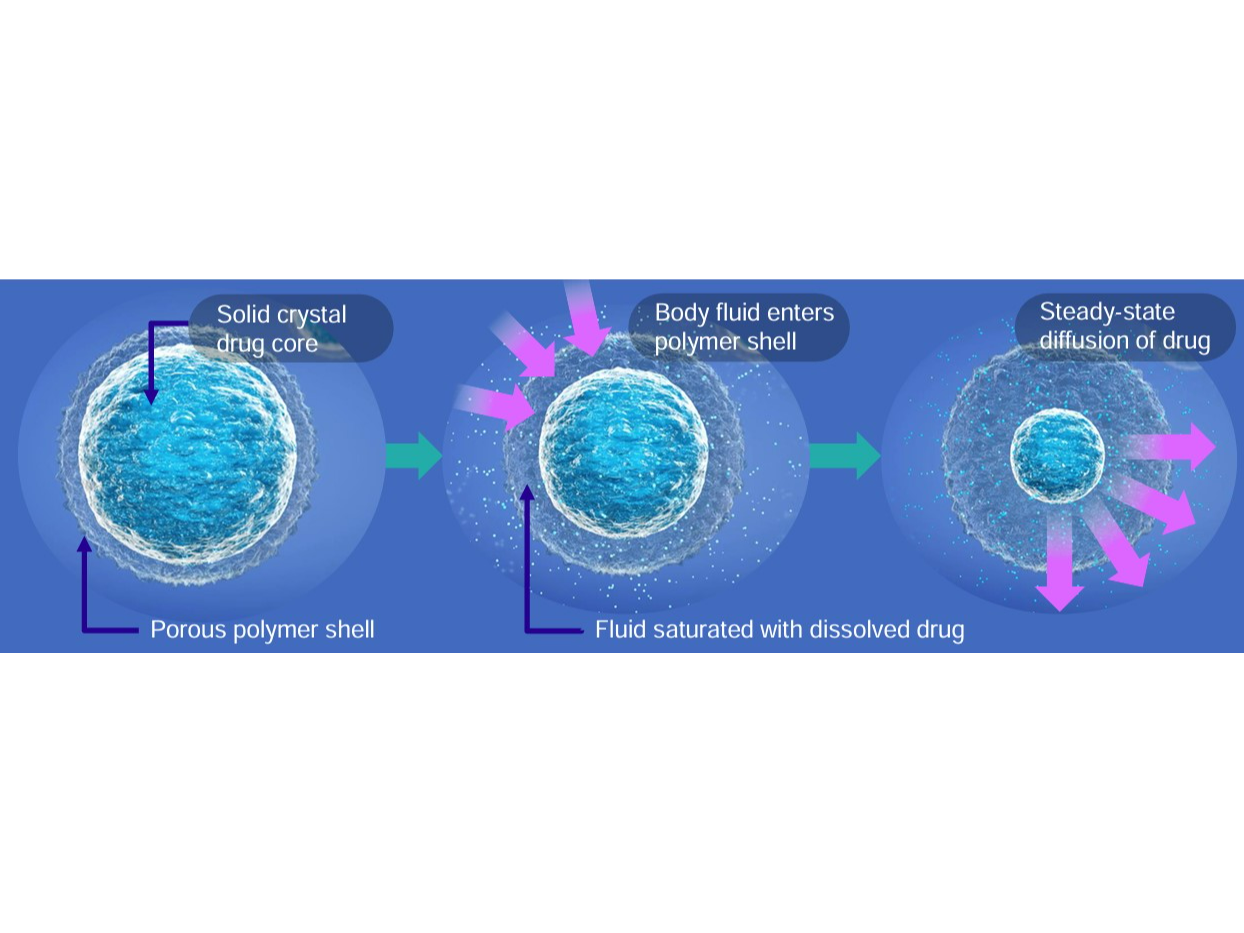
Mechanism of drug release from the Diffusphere formulation
Eupraxia Pharmaceuticals Inc. (n.d.). Events and presentations. Retrieved October 25, 2024, from https://eupraxiapharma.com/investors/events-and-presentations/default.aspx
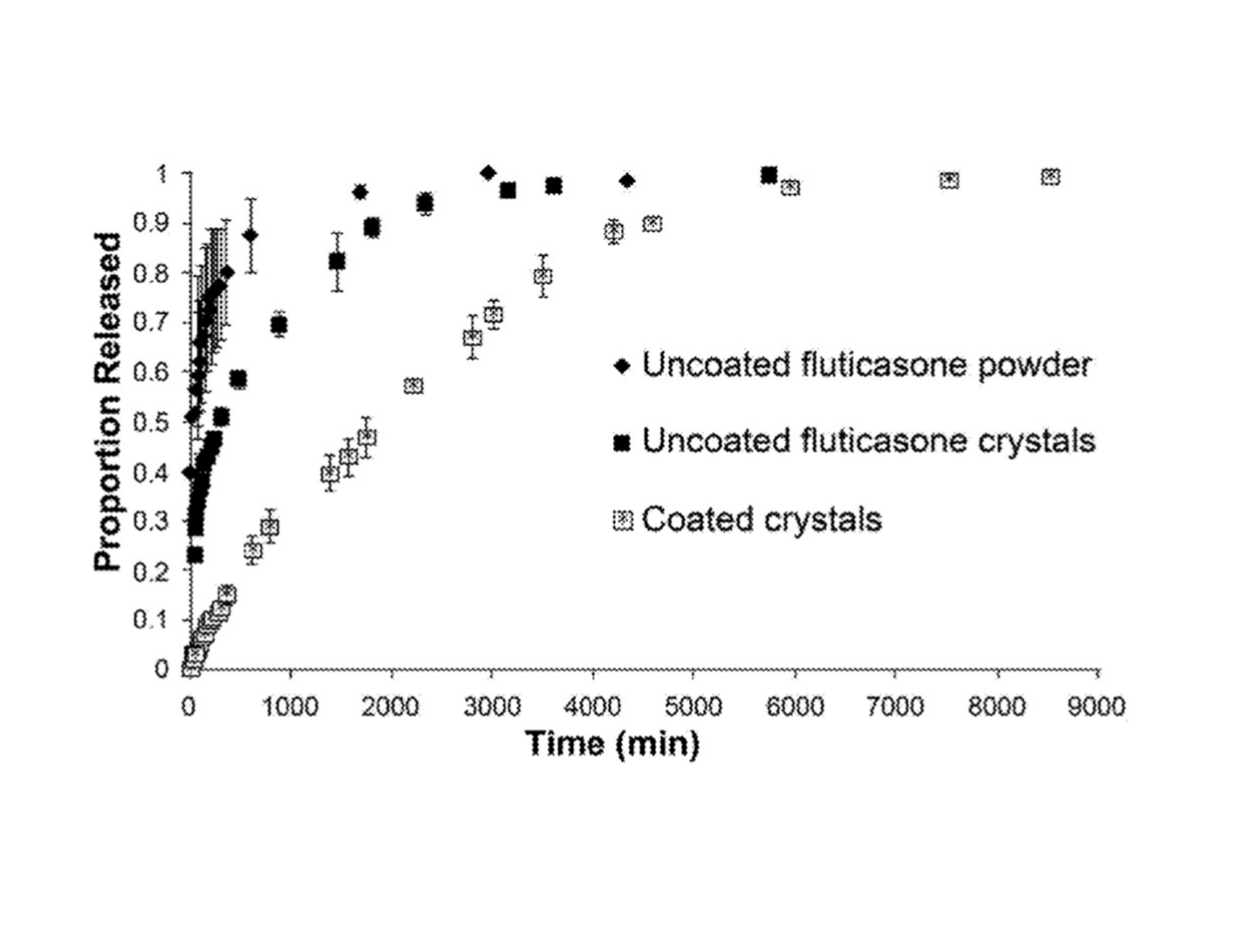
Proportional release comparison between Coated and Uncoated Fluticason
McElroy, W. T., & Zuk, P. A. (2018). Compositions and methods for treating joint tissue damage (U.S. Patent No. 9,987,233). U.S. Patent and Trademark Office. https://patents.google.com/patent/US998723